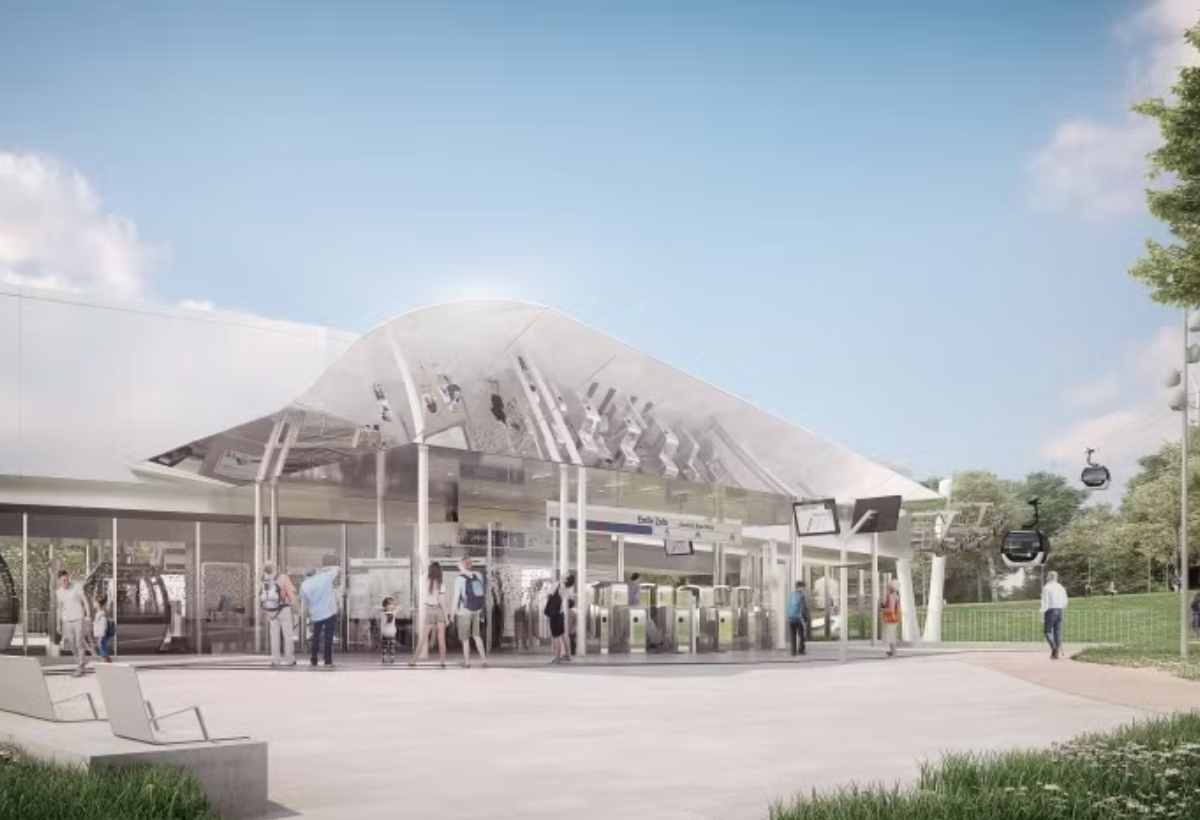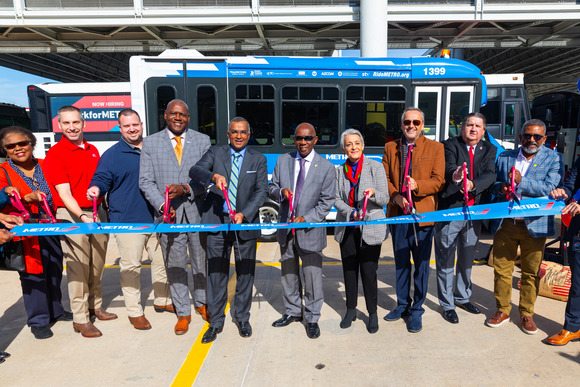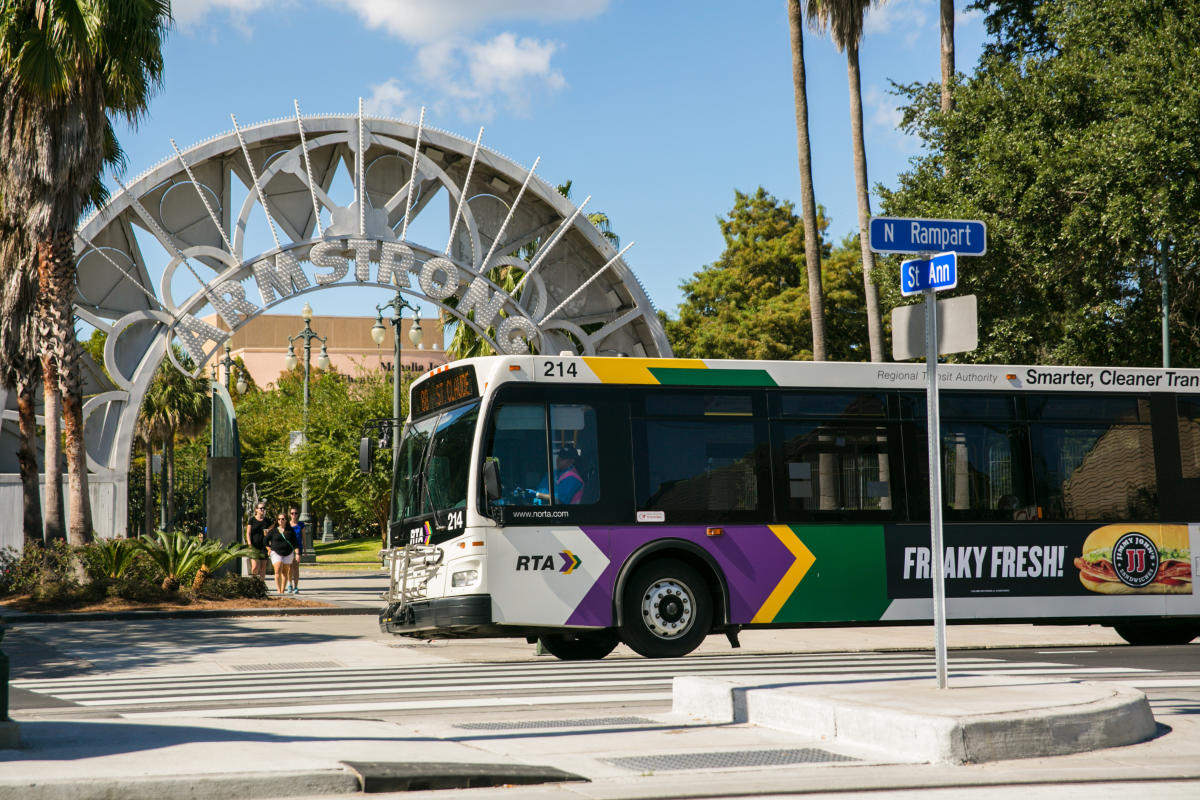At the end of 2023, CoMoUK’s Shared Transport Conference looked at the lessons learned in establishing mobility hubs over the past 12 months and discussed how the outcomes can be applied in the year ahead.
Mobility hubs integrate different modes of shared transport within a community to help reduce reliance on private cars. For example, several projects across the UK have established or are in the process of establishing sites with e-bikes, e-scooters, e-cargo bikes and electric car clubs.
Through these endeavours, several valuable takeaways have been identified to help promote success for the concept moving forward, paving the way for more sustainable and active transport networks.
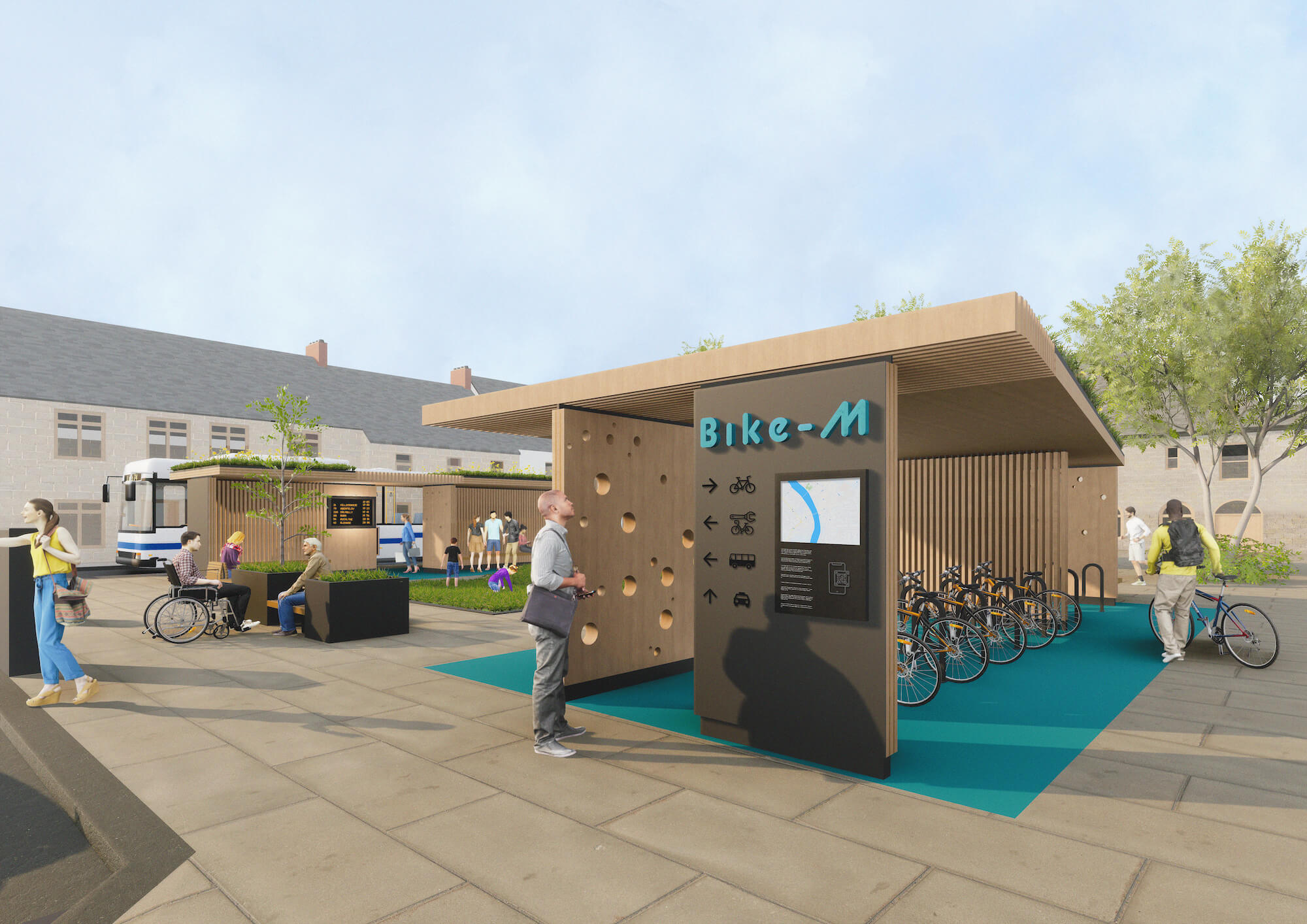
Notably, during the CoMoUK conference, Chris Finlay, Project Officer at HITRANS presented the lessons learned from the eHUBS project in Scotland, which faced challenges when installing electrical supplies and connections for e-bike stations. This task often came with long lead times and high costs.
Consequently, Finlay stressed the benefit of community engagement and involvement when establishing mobility hubs. Indeed, by collaborating to use existing electricity supplies from schools or community centres, rather than arranging a new connection with energy companies, significant resources can be saved.
Likewise, Iain Turner, Transport Planner for Nottingham City Council also highlighted the benefit of early stakeholder and community engagement in the city’s rollout of e-mobility hubs. Indeed, in Nottingham, this engagement revealed unconsidered elements, such as whether the mobility hub would impact the space occupied by the community Christmas tree each year.
By overcoming potential concerns at an early stage, Turner noted that the design process could be streamlined. Meanwhile, by allowing the community to have an established voice, hubs are more likely to be positively received and thus able to have a constructive impact.
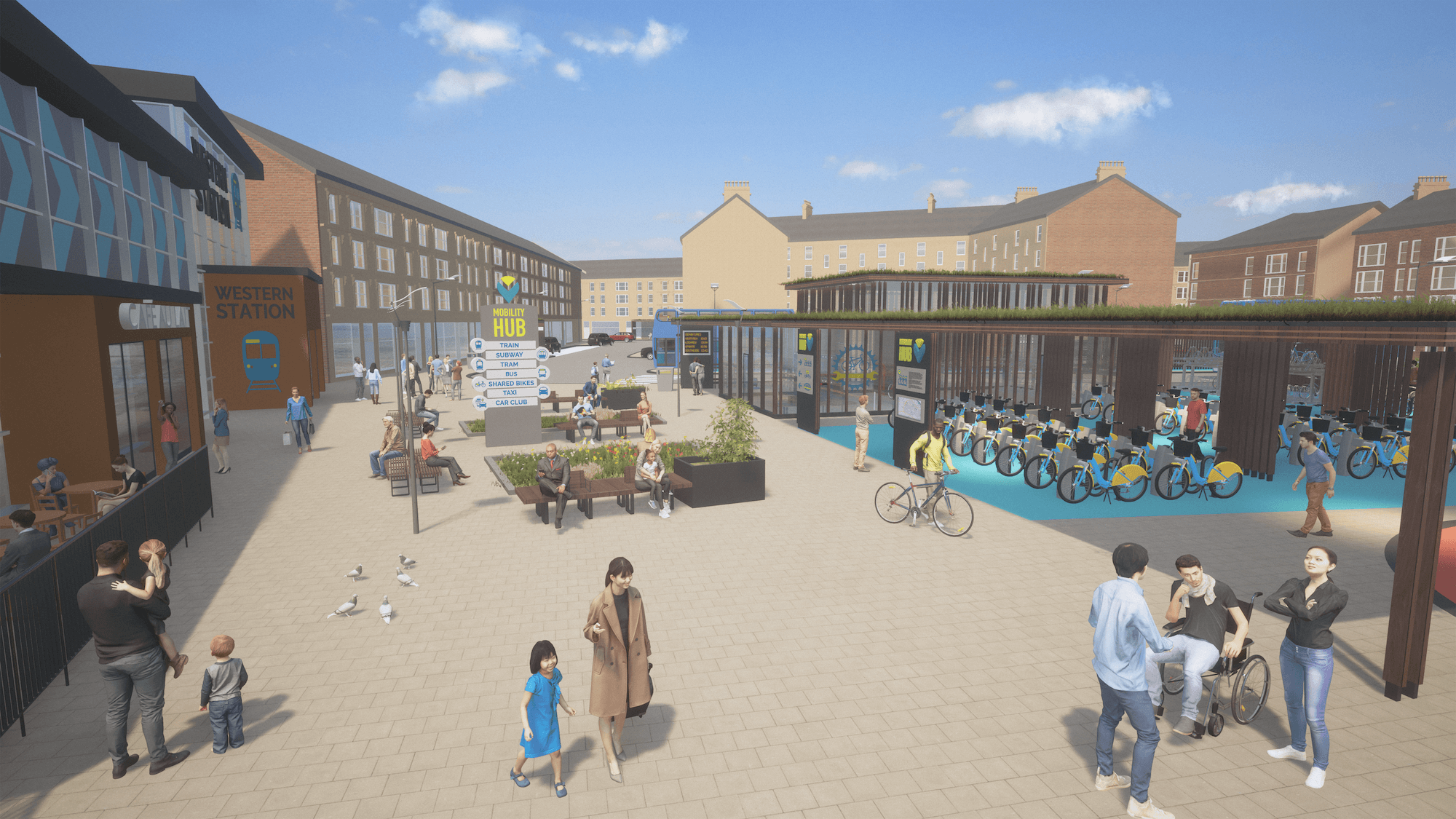
To further optimise the potential of mobility hubs to increase the uptake of sustainable and active travel, Acacia Hasler from the London Borough of Camden and Georgie Wells, Principal Consultant at AECOM, also stressed that not all sites need to be the same.
The London Borough of Camden and AECOM are currently working to roll out pilot mobility hubs across varied locations in Somers Town. When considering residential and commercial areas, the project has adapted its designs for the varied needs of each site.
For example, the size and scope of the planned sites are proportional to demand and responsive to the type of travel required (e.g., commuters, the school run, leisure travel, or personal travel for tasks such as shopping or medical appointments).
With this consideration, it is noteworthy that work on the Somers Town project has highlighted that a lot of space is not always required to deliver a hub with a significant impact. Indeed, some of the proposed sites in Camden cover an area as small as 5-7 car parking spaces but can serve considerably more residents than the corresponding cars.
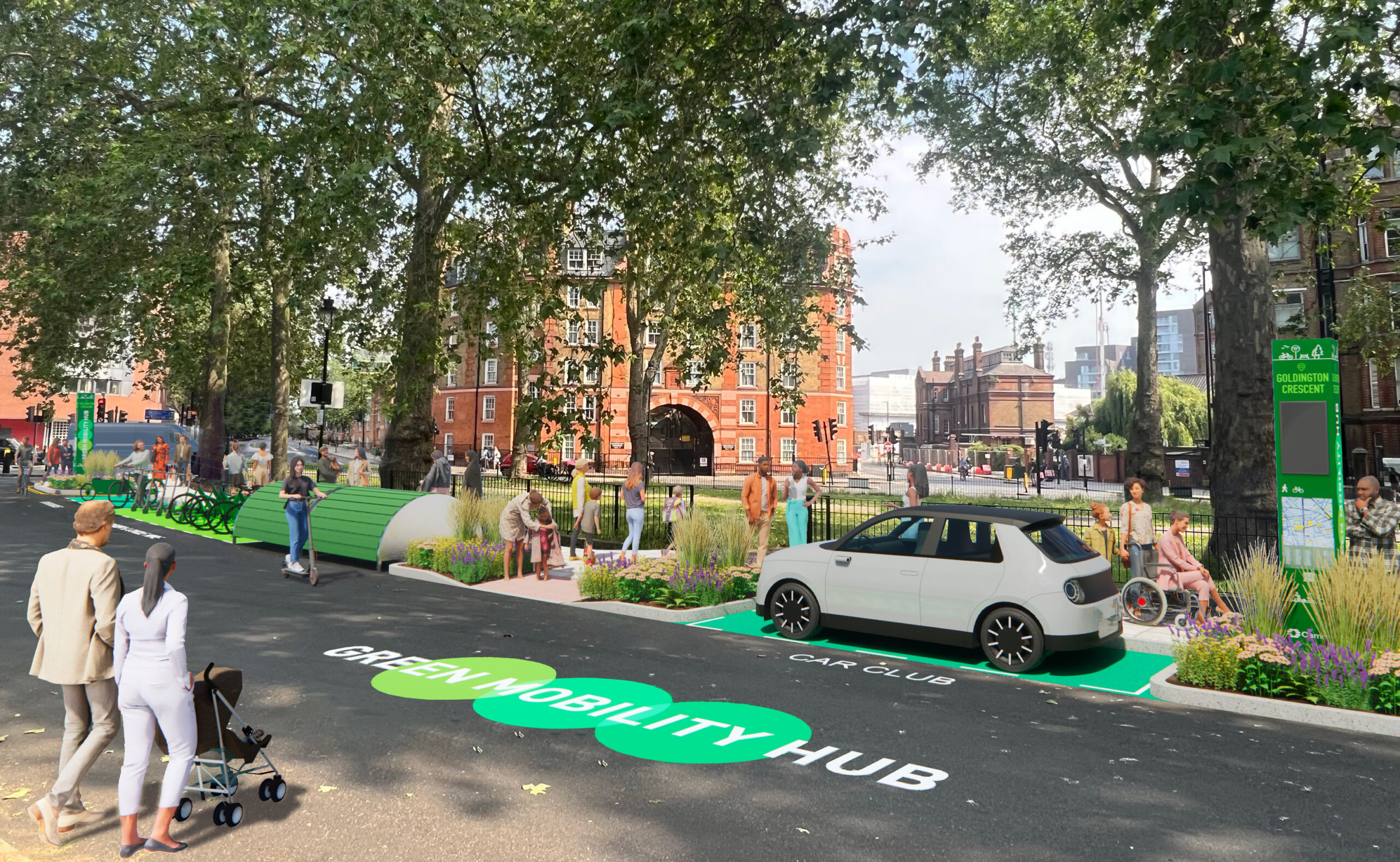
CoMoUK’s Shared Transport Conference thus highlighted that shared mobility hubs have significant potential to reduce transport insecurity and replace a car-centred transportation system with a people-focused network. In doing so, inequalities for those who do not own a car can be overcome and disadvantaged areas can be better served.
Indeed, during the conference, Hannah Wilson, Director of Partnerships & Engagement at the Shared Use Mobility Center, argued that current transport networks often cater best to the needs of men, providing radial routes in and out of the city centre for commuters, rather than a comprehensive network.
Wilson noted that statistically, women take more trips than men, tending to travel over shorter distances but facing additional time and financial burdens. In response to this inequity, the Shared Use Mobility Center is working to design mobility hubs in the US centred around women and caregivers.
In doing so, these sites aim to incorporate minor design details that respond to unmet needs and preferences. This includes opportunities to make trips over shorter distances on slower streets; the availability of vehicles that can carry bags, baby carriers and wheelchairs; the provision of services outside of peak hours; connections to social infrastructure such as health clinics and daycares; and good lighting to provide a safer environment.
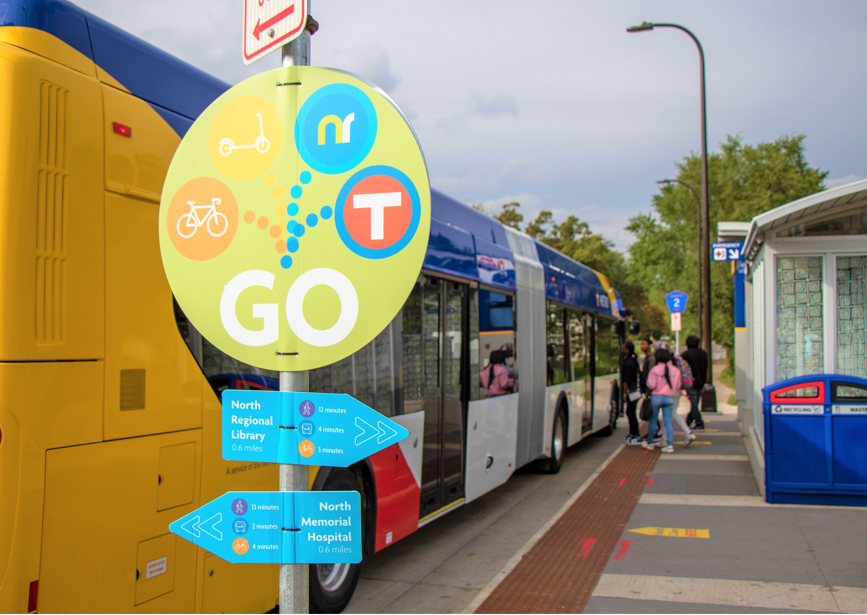
Likewise, to meet the needs of underserved demographics in the UK, Matt Griffiths-Rimmer, Communications and Impact at Hadley Property Group discussed how the group is collaborating with charity partners to ensure its mobility hubs serve diverse communities.
For example, the design work for its mixed-use development sites in East London has involved collaboration with bikeworks, which works to improve accessibility and inclusivity in cycling, and with Cycle Sisters, which helps enable Muslim women to cycle.
These partnerships also help ensure the community is aware of the offerings provided so that the mobility hubs are activated and beneficial from the get-go.

The CoMoUK conference therefore highlighted that mobility hubs can significantly improve transportation services for underserved individuals, while also reducing emissions and improving local air quality.
However, the conference also acknowledged ongoing challenges with equity, such as ensuring new inequities are not created through the need for digital access.
In addition, the conference discussed the major challenges associated with finance and the need to subsidise these services, which are rarely profitable.
As a result, to maintain the viability of invaluable mobility hubs, the speakers discussed additional elements that could be incorporated into the sites. For example, the London Borough of Camden is including advertising space in the design of its hubs to act as a revenue source. Meanwhile, Robin Tyne, Project Manager at CoMo, spoke of the potential to complement mobility hubs with other services such as cafes and postal lockers, that add community value while also bringing in revenue.
In recognising the importance yet complexity of these endeavours, the CoMoUK Shared Transport Conference provided insight into the progress being made in deploying mobility hubs, laying the foundations for these developments to become key enablers in delivering a more sustainable future for transportation.


